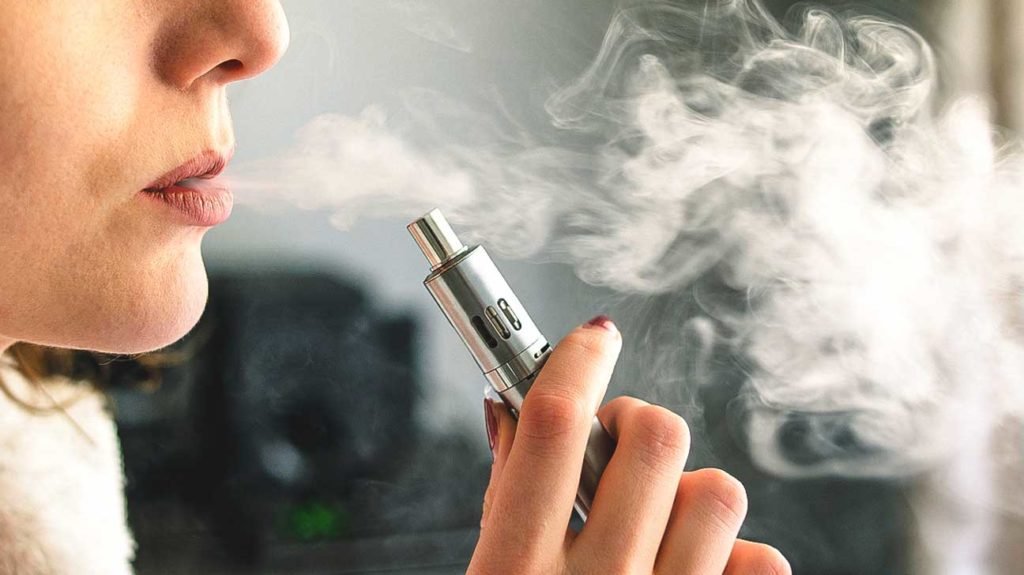Marijuana Smoking and Weed’s Effects and Your Skin
Marijuana Smoking and its Effects on Your Skin

Most people are aware that smoking tobacco is detrimental to the skin, but what about marijuana smoking? The answer might seem obvious, but one should not jump to conclusions. Although people have grown and smoked cannabis for thousands of years, there is not very much research data available about the plant.
Even though marijuana smoking is legal in 30 states, the federal government still views it as an illegal drug. Consequently, the political climate surrounding cannabis makes it more difficult for researchers to gain approval and funding to conduct studies about the plant and its uses.
Marijuana smoke compared to tobacco smoke
Although cannabis has many medicinal benefits, people may be surprised to learn how harmful the smoke can be. The ingredients in a typical tobacco cigarette are much different than a marijuana “joint,” but when smoked, the two substances produce many of the same chemicals.
Marijuana smoke releases a whopping 33 carcinogenic chemicals and introduces four times as much tar into your lungs than tobacco cigarette smoke. The free radical compounds that are released by smoking a marijuana cigarette damage the DNA of the skin. Even though smoking marijuana dilates blood vessels, it first constricts them as tobacco cigarettes do. That means your skin becomes damaged by reduced oxygen levels and accelerates aging of the skin.
Marijuana cigarettes also release hydrocarbons that damage the collagen in the skin. Collagen, which gives skin it’s tight, youthful appearance, also provides protection from air inflammation and air pollution, so damage to collagen causes the skin to age prematurely in several ways.
The same is true for secondary smoke. In fact, exposure to second-hand smoke from either marijuana or tobacco could possibly cause even more damage to blood vessels in the skin. According to a study released by the American Heart Association, second-hand smoke from marijuana caused inefficient blood flow to a degree even greater than second-hand smoke from tobacco. Therefore, second-hand smoke can possibly increase aging of the skin more than directly smoking the substance.
In summation, any type of smoke is harmful to the skin and all other organs, so you should look for better ways to deliver the plant and it’s beneficial compounds into your body.

What about acne and other skin conditions?
Although smoking marijuana has not been linked to increased acne, cannabis statistics show it does cause urges to have snacks. Marijuana smokers have been known to snack on foods that are high in refined carbohydrates, which are associated with increased acne. Also, it was previously believed that THC increased skin oil, which would have been correlated to higher acne occurrence, but it was later found that this is not the case. In fact, THC was found to lower testosterone, a chemical that triggers the release of skin oil. Consequently, cannabinoids are now beginning to be used to treat acne and other diseases that are characterized by inflammation.
Cannabis-derived compounds such as CBD have been shown to have a variety of health benefits such as improved immune response inhibition of inflammation, but the smoke from the plant has been observed to irritate and complicate outbreaks of acne.
Where rosacea and psoriasis are concerned, smoke has been known to worsen these conditions, so smoking marijuana can have an adverse effect. However, there are compounds derived from cannabis that are also beneficial in treating some of these skin conditions. Therefore the overall use of marijuana could have a net positive result for certain skin problems.
For certain skin conditions that involve abnormal skin cell growth, such as psoriasis, cannabis has been shown to be an effective treatment. Also, skin conditions that are triggered by allergic reactions, such as eczema, have also been observed to improve from cannabinoid treatments. Cannabis has properties that help to regulate the immune system, which reduces various types of inflammation, including cases occurring in the skin. There are currently some effective topical creams and ointments that contain cannabis-derived compounds that are effective for treating chronic skin conditions.
How can you use cannabis without harming the skin?
It seems wise to avoid smoking marijuana and look for ways to take the drug that are safer and more beneficial. One common method for delivering the drug is via water bongs. Although this method does produce a small amount of smoke, most of the harmful chemicals are absorbed by the water, so this method is believed to be much safer than smoking. Percolator bongs are particularly effective at filtering carcinogens and other harmful chemicals.
Another preferred option is the use of vaporizers, known as “vaping.” These devices produce less heat and don’t cause any release of smoke. Therefore, vaping could be considered the best current method for using marijuana. Edible marijuana products are another option that doesn’t produce smoke, but there is not as much research data available to confirm the safety of this delivery method.
Another concern in regards to edibles is the control of allergens within the products. It’s possible that certain foods such as nuts, lactose or gluten could contaminate edible products; therefore, people with allergies need to use caution. Since there is no current system in place to monitor the production methods of edibles, it’s not possible to ensure the safety of these products.

What to expect in the near future
It’s important that more research is conducted about cannabis because the drug is rapidly become more legalized and gaining mainstream acceptance worldwide. As one might expect, there is currently a lot of research that is ongoing that is showing promising potential to develop effective treatments for a variety of chronic skin conditions. Some noteworthy studies include the following:
- Cannabinoids can help treat psoriasis via the endocannabinoid system
- Nonmelanoma skin cancer treatment with localized cannabinoid application
- Dry skin treatment with cannabinoid emollient cream
- Skin inflammation and damage can be treated and reversed with cannabinoids
Smoking marijuana may be unhealthy for the skin and cause premature aging, but that doesn’t mean that the plant and its derivatives are not beneficial. Through delivery methods such as edibles, vaping and bongs, the drug shows promise as a newly-emerging source of hope for people who suffer many types of skin-related diseases and conditions.


